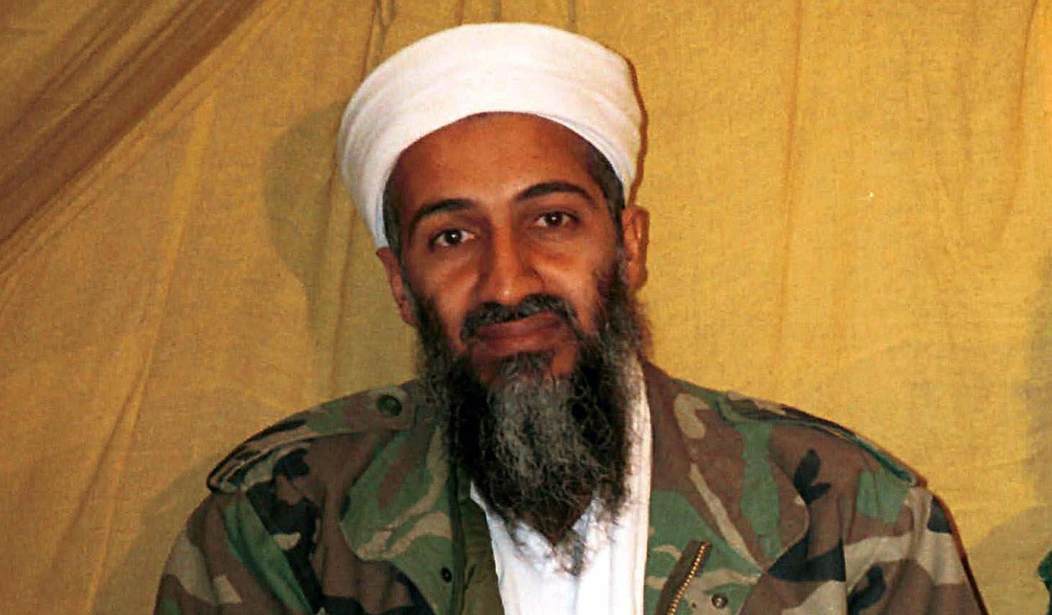At long last, most of the files captured when U.S. Special Forces killed al-Qaeda’s leader in May 2011 have been released. Although bits and pieces have dribbled out, they should have been public long since.
The best short discussion of the files is in The Long War Journal, written by Bill Roggio and Tom Joscelyn, my colleagues at the Foundation for the Defense of Democracies. They, along with Stephen Hayes at The Weekly Standard, have long advocated the release of the archive.
The files are very important. They provide invaluable insight into the growing terrorist threat to the United States, document AQ operations well beyond the Middle East, and show remarkable patience in the use of media. Bin Laden is gone, but his blueprint for his organization’s long-term strategy remains active.
Why has the intelligence community been so reluctant to release the files? It took so long because a lot of the story they tell is at odds with the official narrative, according to which AQ had been gravely weakened, and bin Laden himself largely marginalized, by the time of the attack. Other files document the details of the oft-denied cooperation between AQ and the Tehran regime of the Islamic Republic of Iran. Still others document relations with Pakistan and with other governments and regimes in the region.
General Michael Flynn, whose DIA experts had access to the whole archive and had analyzed key parts of it, wrote in a best-selling book I co-authored (“The Field of Fight”) that
When (Obama) and his supporters were assuring the American people that al Qaeda was broken and on the run, we learned that their strength had roughly doubled.
Flynn wrote,
One letter to bin Laden reveals that al Qaeda was working on chemical and biological weapons in Iran.…Others speak of Mumbai-style attacks on European cities….The story of the bin Laden documents is just one of many…
That’s why another top American general has called the bin Laden files “the single largest collection of senior terrorist materials ever,” and why the suppression of the documents is so serious. It will take time for public debate to reveal the full significance of the archive, and some of it remains classified. This massive release will help, but we must not ignore the fact that the CIA did what it could to prevent an informed debate all along.
It seems clear that our picture of al-Qaeda has been erroneous in the past, and may still be. The impetus for releasing the documents seems to have come from the president’s office. In any event, we can hope that they will put an end to the very damaging notion that Sunnis and Shi’ites don’t work closely together.
Curiously, we were smarter when we knew less. In 1998, when the U.S. government indicted bin Laden and al-Qaeda for the first bombing of the World Trade Center, the indictment said
Al Qaeda forged alliances with the National Islamic Front in the Sudan and with the government of Iran and its associated terrorist group, Hezbollah, for the purpose of working together against their perceived common enemies in the West, particularly the United States.
Back then, it wasn’t hard for us to acknowledge that AQ Sunni bombers worked with Shi’te terrorists in Hezbollah and elsewhere in the Iranian regime. Then we got more sophisticated, to our misfortune. Let’s hope the bin Laden documents help our understanding, and eventually help shape a winning strategy.









Join the conversation as a VIP Member